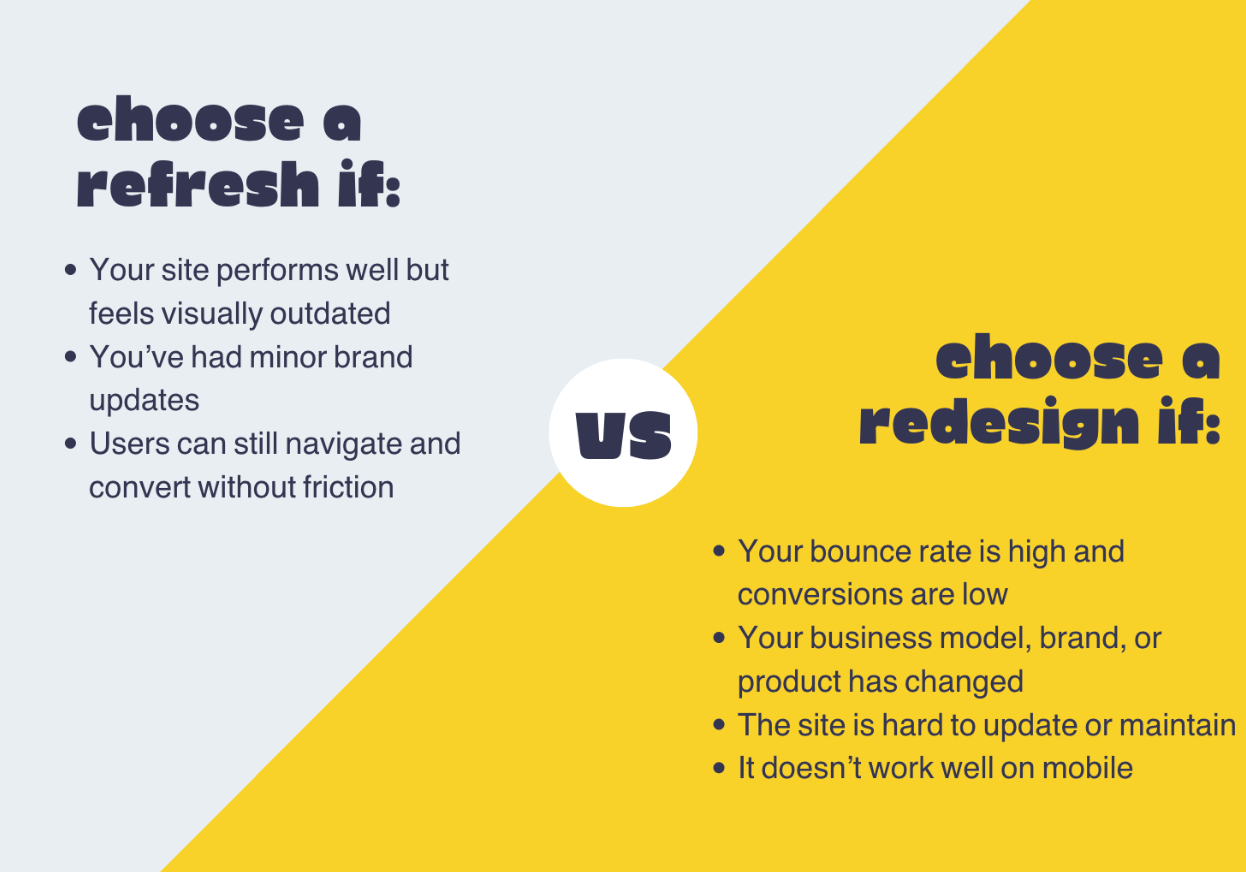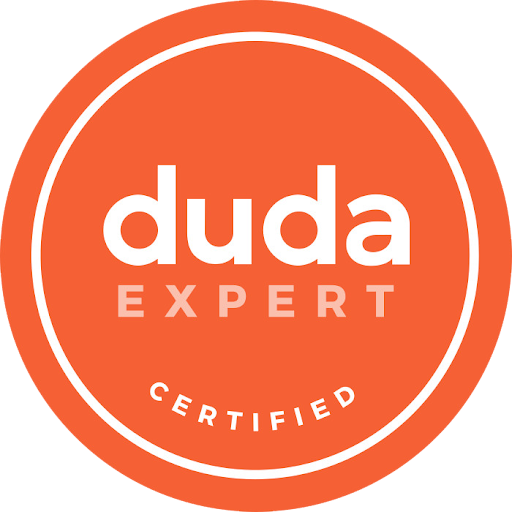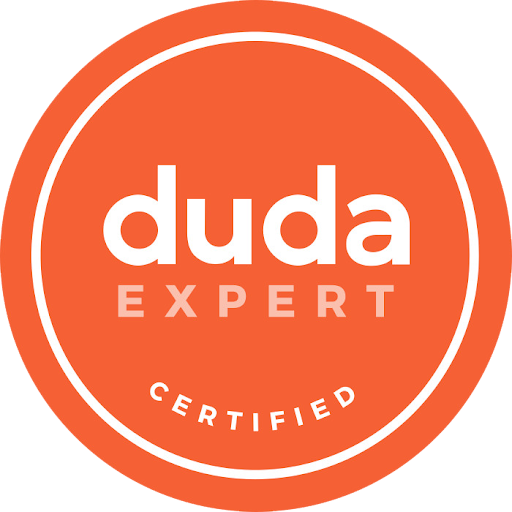How I Grew Traffic by 427.5% for a Small Online Publication
I am sure you have seen plenty of articles about how some companies managed to grow their website traffic by 1,000+ percent. Even though these numbers look great, what is not mentioned in these articles is the company’s access to a seven-figure marketing budget and a full marketing team.
This level of growth is not realistic for everyone. If you are a small-business owner, you may not have a large budget or team, so the stories and marketing tips presented might be completely irrelevant to you.
I will share a real-life case study on how I grew traffic for a small online publication by 427.5 percent while working with a limited budget and a small team. You can apply the lessons learned to your own business. This growth in web traffic can be achieved with just three part-time people: a writer, an SEO expert and a social media manager. That’s it.
Business Profile
Chicago Nightlife Guide is an online infotainment magazine that is focused on providing information about nightlife events and venues in the Chicago area. We worked together to increase web traffic to their online site.
Below is a breakdown of actions by year, so you can see the direct correlation between activity and results.
Year 1: Get the Search-Engine Love First
We first wanted to take advantage of the traffic that can be acquired through the various search engines.
We focused on the low-hanging fruit first: keywords and competitor research. We identified the keywords that have the highest volume but medium-to-low competition, and our research revealed that there are two viable ways to get traffic quickly: event blogging and venue reviews.
Our goal was to curate and cover 10 events per week, review a total of 50 venues, and tie the venues’ content with events they organized. We optimized every single page based on best SEO practices and promoted our pages to our target audience on social media.
We then took broader strokes and identified larger categories in which we wanted to compete. We chose categories such as Chicago nightlife, nightclubs, lounges, etc. and optimized them for SEO.
This worked well because new content was published and promoted weekly, and each page was optimized and interlinked with other areas of the website.
Result
The visibility on the search engines increased in three areas: general venue categories, event coverage, and venue reviews. This translated in a 64% increase in traffic over the prior year.
Year 2: Expand the Content and Get Repeat Visitors
We evaluated what worked well for us in terms of traffic. In our case, it was content.
We decided, therefore, to expand the venue content. We accomplished this by increasing the size and dimensions of the venue directory. Doing so enabled us to have more venues, venue types, and neighborhoods about which to include content.
Then, with continued research, we identified which of our pages needed to be optimized for SEO and edited them accordingly.
Since the number of repeat-visitors to the site started to increase, we decided to cut down on the frequency of new content and, instead, create a section for repeat-visitors. We developed and branded the editorial section of the website, which became its focal point and helped to draw in more repeat-visitors.
Result
We increased the number of repeat-visitors and got a lot more new visitors from the expansion of new content. This resulted in another 46 percent increase in traffic over the prior year.
Year 3: Diversify the Traffic
We knew that our existing traffic-sources worked well, but in order to continue to grow, we needed to establish more traffic channels and diversify our traffic sources. The popularity of Facebook and Twitter was apparent, so we started a campaign for each. We then dedicated a social-media manager to run with these campaigns. Through them, we started developing relationships, sharing engaging content and promoting content from our website.
We also built an event-listing platform so visitors could post their own events on the website. Doing this also enabled them to share these events on their own social networks as well. This helped in two ways: event listings became a revenue generator, and more content was published on the website.
One piece of advice: don’t take shortcuts with social media. Don’t go out and buy 10,000 fake followers for $100. It’s not going to help you. You will have an impressive number of followers, but they won’t do you any good. They will not go to your website and they will not engage with your content. Instead, spend the time needed to get real followers.
Result
Website traffic became more diversified. Social media campaigns and the new event-listing content channel helped to achieve this. The number of repeat visitors to the site grew even more. All of this resulted in a 60 percent increase in website traffic over the prior year.
Year 4: Continue Doing What Works
By the beginning at the fourth year, we knew what worked for us and what didn’t. We had multiple traffic sources working well. When a strategy is working, the best policy is to continue with it.
During this year we did not start anything new. We simply continued doing the things that we already knew worked well:
- Published and promoted new content every week
- Actively engaged the audience on social media channels
- Actively analyzed the website and looked for opportunities to improve it
Result
Website traffic continued to increase from all channels, which resulted in another 39 percent increase over the prior year. This put us at a total increase of 427.5 percent over four years.
What Can You Learn from This?
By this time, you know all the secrets about how to grow traffic for your website. Follow the principles below and you will be able to increase your traffic every year without the need for a marketing department and a seven-figure budget.
- Have a good plan that is backed by research. We did the research before taking any action. We evaluated the keywords that could bring the most bang for the buck. We also developed goals for each activity and its expected result.
- Follow your plan consistently. We focused on the plan and the plan only. Our goal was to execute what we set out to do. We completely ignored the latest and greatest loopholes in Google’s algorithm. A lot of business owners get sidetracked and therefore don’t get any results. Stay on track and follow the plan.
- Focus on building an audience. Do this by building something your target-audience likes and keeping it consistent. If your visitors like what you offer and they know what to expect from you, they will come back for more and will share your content with others. Having an audience gives you an edge that will enable you to promote your content much more successfully.
- Diversify your traffic. Don’t rely only on one or two sources. According to what makes the most sense for your particular industry, develop multiple channels using such tools as search engines, social media, newsletters, referral sources, and people returning to the website to view more content.
- Consistently improve your website. We constantly turned to Google Analytics and Google Webmaster tools to search for improvement opportunities. Even slight improvements can lead to significant results.
That’s it. What’s the biggest lesson you have learned from this? Share it in the comments below.
ABOUT THE AUTHOR
Tom Bukevicius is the founder of Supero Media, digital marketing firm focused on lead attraction and influence for law firms. Connect with Tom on Google+ and Twitter.
The post How I Grew Traffic by 427.5% for a Small Online Publication appeared first on Olive Street Design.



















